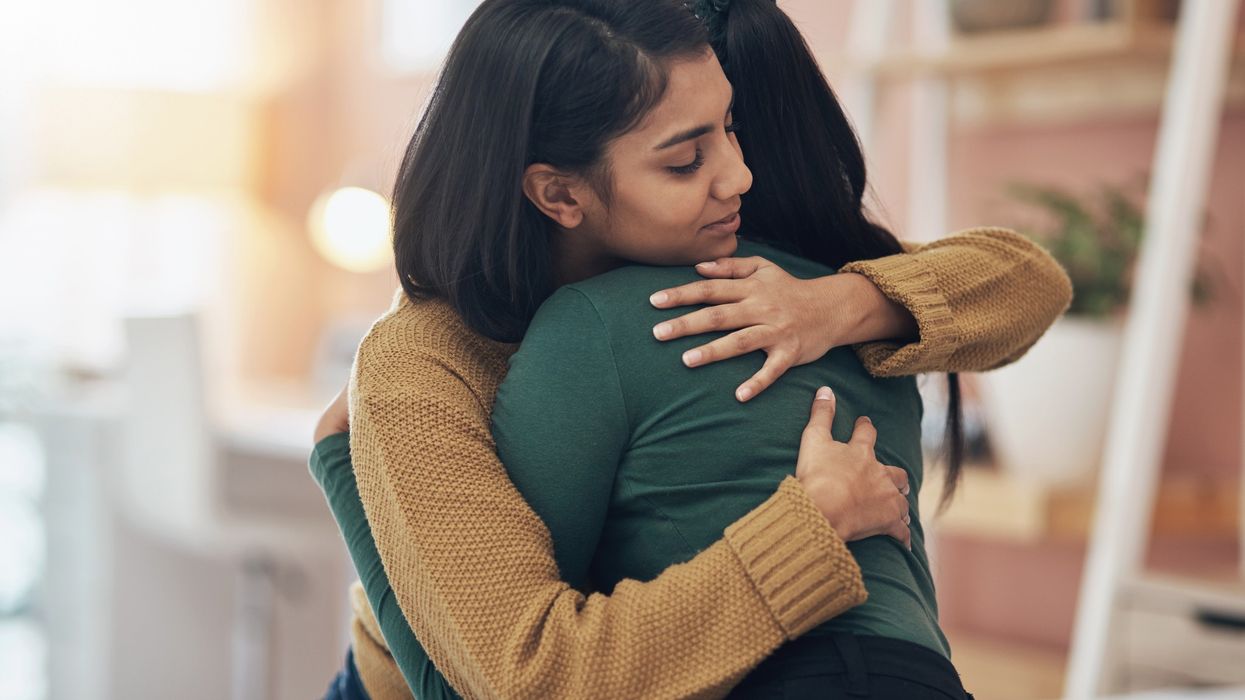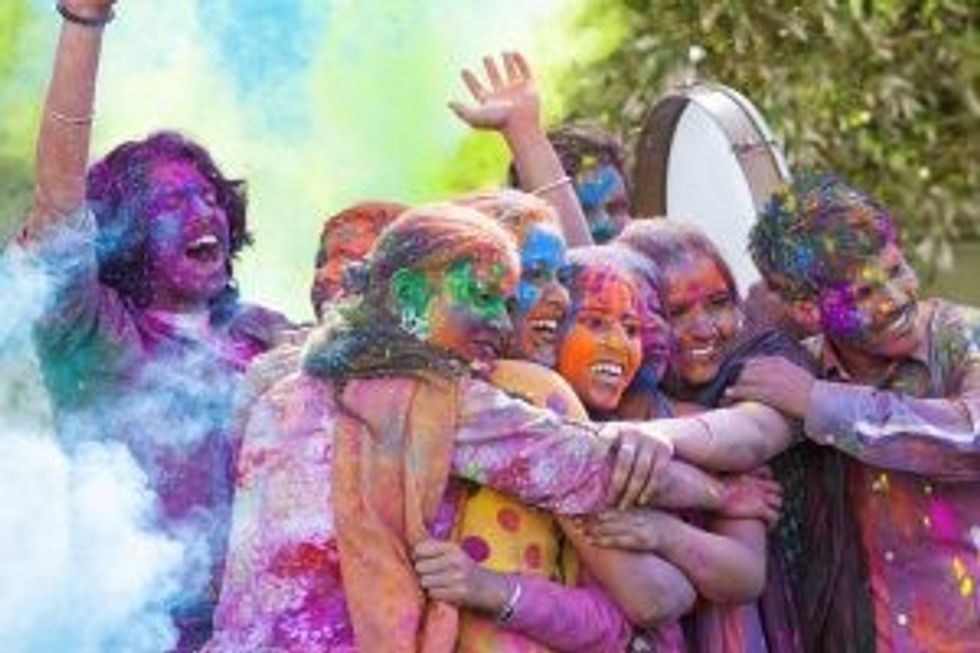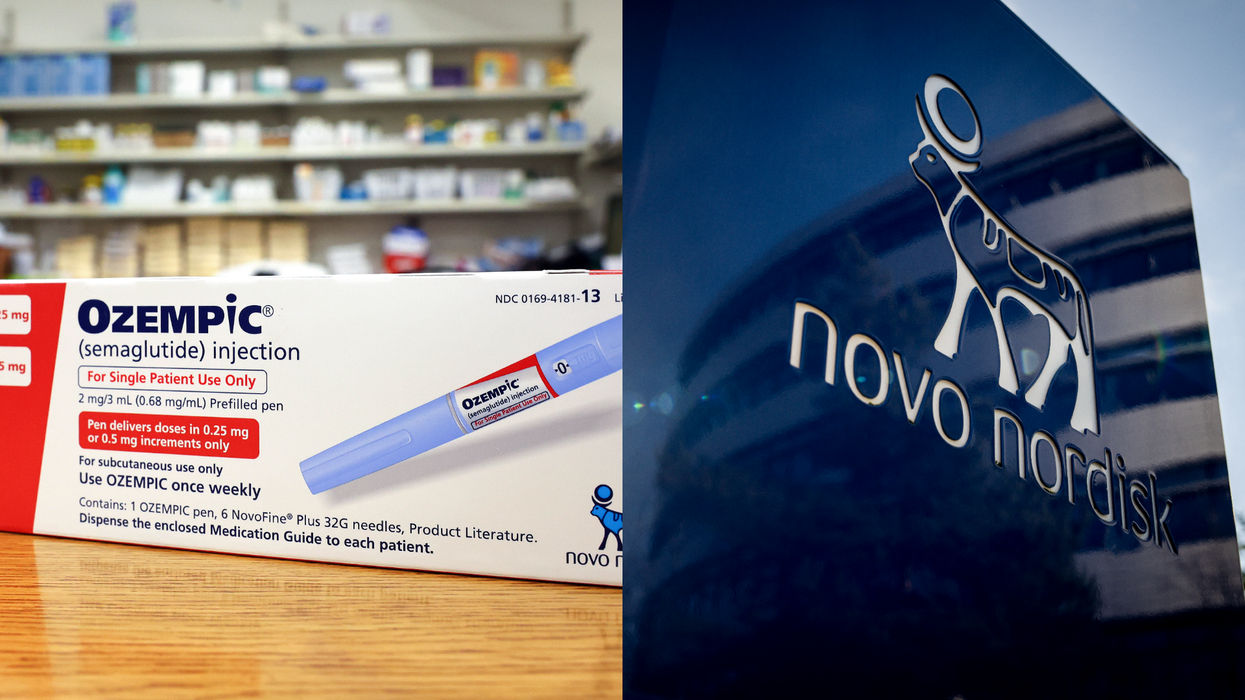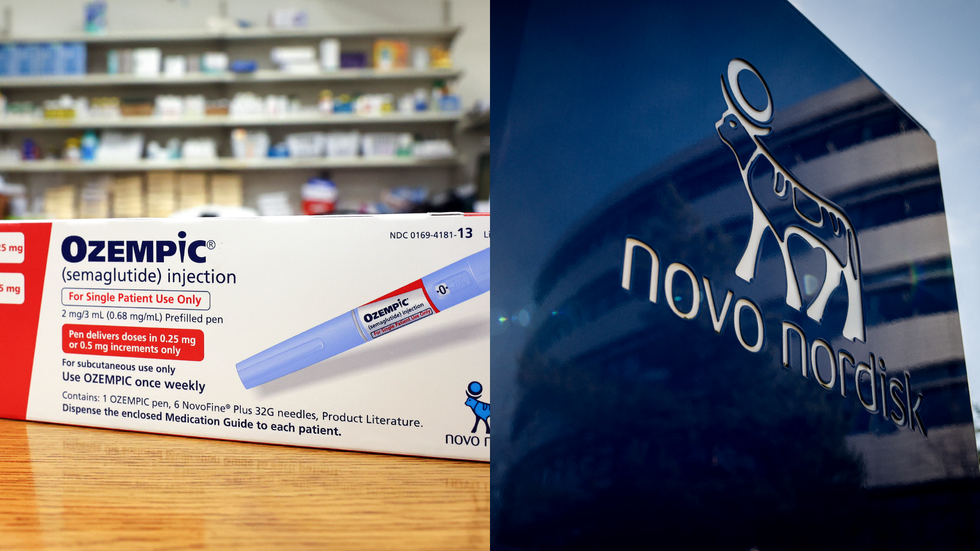THERE are many psychological benefits of having something to look forward to and as we come towards the final stages of lockdown life that hope is now needed more than ever.
It will release positive thoughts in a sea of negativity, make you optimistic about the future and give added motivation to keep going.
So, with that in mind, Eastern Eye decided to give a boost of energy by preparing a family-friendly list of 40 things to look forward to. As an added benefit, tick off each thing as you do it.
1. Hugging a loved one you haven’t seen for a very long time. The time apart will give these hugs added meaning and significance.
2. Having a face-to-face reunion with good friends you have been apart from during lockdown and the mother of all catch-ups.
3. All the missed birthdays and anniversaries, which means there will be more celebrations than usual. Everyone loves a good party!
4. Finally watching all the megabudget movie blockbusters that have been delayed due to the cinemas being closed. From Hollywood to Bollywood, there are some awesome bigscreen experiences around the corner.
5. Whether it is with a memorial service, family prayers, visiting a place of burial or a personal tribute, those who have lost a loved one during this Covid pandemic can finally say a proper farewell.
6. Using a skill you may have picked up during lockdown, such as cooking or baking, to impress your friends.
7. Having a night out and dancing until the early hours of the morning.
8. Having a new haircut, manicure, or a pampering session whenever you feel like it.
9. Greeting others with a handshake or hug without having to worry.
10. Being able to travel again without any restrictions, quarantine, cancellations, or rules that keep on changing.
11. Having the freedom to go on a new adventure.
12. Hosting a party or gathering without having to worry about how many people you can invite.
13. Going to a big fat Indian wedding with a ridiculous number of guests and more food than you can handle.
14. Whether it is with someone romantically or with a new discovery, falling deeply in love again.
15. Kicking a bad habit that you may have picked up during lockdown, whether it is exercising less, drinking more or something else. It will make you feel better and is worth looking forward to.
16. Feeling the atmospheric force of a live event, whether a sports match or a concert headlined by your favourite singer, which is filled to capacity.
17. Not having to wear masks and seeing people’s faces again.
18. Being able to properly celebrate a holiday or festival like Diwali, Eid, Vaisakhi, Holi or Christmas with friends and loved ones.
19. Having long conversations in cafes and bars.
20. The kids going back to school, which means less cleaning, more peace and added time for yourself.
21. Whether it’s at the bank, supermarket, airport or anywhere else, there will be less queues.
22. Going on public transport without worrying as much.
23. Being in the middle of a big crowd at a beach or a large outdoor event, like a music festival, without worrying.
24. Not constantly hearing the words coronavirus or Covid-19 in conversations or on the news.
25. Not having to remember the latest lockdown guidelines and laws.
26. Having improved mental health and being able to cope with future problems better.
27. Having a sip of your friend’s drink or tasting food they ordered while out.
28. Having face-to-face meetings and interacting with colleagues in person.
29. Looking at people’s faces more than computer screens and social media feeds.
30. Meeting new people and making more friends.
31. Going on holiday and being able to choose any destination in the world, including those countries on the dreaded red list.
32. From shopping to restaurants, entertainment and holidays, there will be a lot more choices.
33. Attending a fitness class again.
34. Introducing spontaneity back into your life.
35. Dressing up and looking amazing.
36. Being able to go to a big supermarket shop and knowing everything will be in stock.
37. Giving the much-loved high-fives.
38. Being able to thank all those who helped you during lockdown, from friends and family to key workers
39. Being able to make plans without worrying about cancellations and having more things to look forward to.
40. Last, but not least, treasuring each moment you have a little bit more than before and making beautiful memories with those who matter most.








 Novo Nordisk launches Ozempic in India as diabetes cases climb Getty Images
Novo Nordisk launches Ozempic in India as diabetes cases climb Getty Images  Ozempic weekly pens now available in India for type 2 diabetesiStock
Ozempic weekly pens now available in India for type 2 diabetesiStock  India gets Ozempic as obesity and diabetes numbers riseiStock
India gets Ozempic as obesity and diabetes numbers riseiStock  Doctors say Ozempic helps blood sugar and weight management in adultsiStock
Doctors say Ozempic helps blood sugar and weight management in adultsiStock





